Abstractions are important for thinking about the world, and particularly for STEM types, taking a thing, putting it in a box and thinking about the box is basically what we do. If we had to reckon with the full complexity of everything at all times, nothing would ever get built. But as Joel Spolsky famously said, all abstractions are leaky, and the leakage can easily mess up any analysis if the person doing it doesn't know when things are likely to leak and how to deal with it.
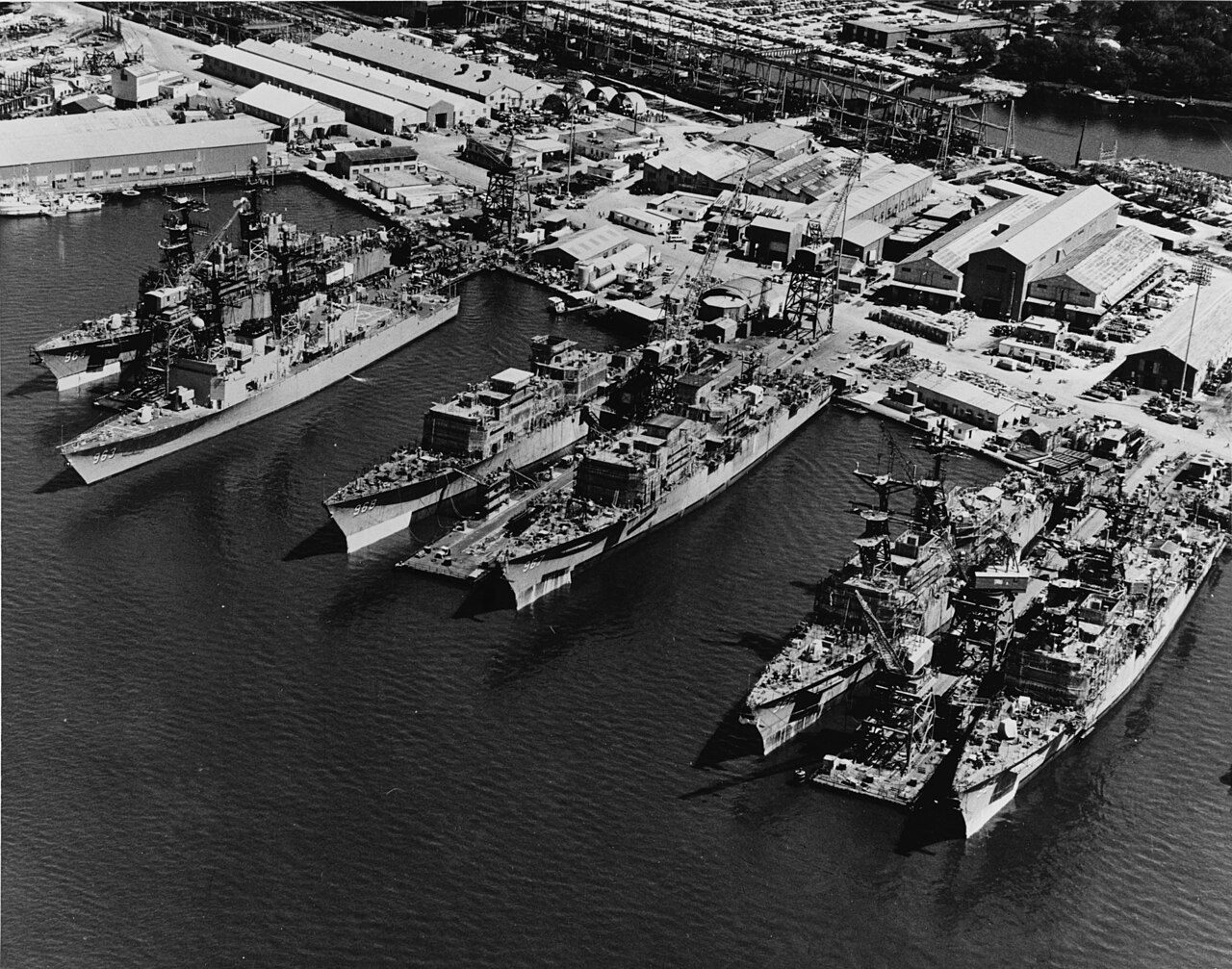
I bring this up because outsiders attempting to analyze defense problems often make this mistake, particularly in the tech-adjacent sectors that I tend to see a lot of stuff from. Ideas go in the box, and then the box is folded, spindled and mutilated in complete ignorance of the gusher of complexity this produces. An excellent example of this is Austin Vernon's post on shipbuilding, where he attempts to diagnose the problems the USN is facing from a position of knowing very little about warships.1
The first couple sections are a mess, mixing up changes in shipbuilding that US warship yards have kept up with with those they very much have not and being extremely unclear about how many shipyards the US has and if we should have more or fewer. But then he starts pointing to Korea and Japan as examples of countries that procure ships more cheaply than we do. But cost is also an abstraction. In everyday life, it's a remarkably good and non-leaky one. You can easily forget that money is a consensus fiction adopted for reasons of convenience and treat it as an underlying fact about the world, like physics. But this is far less true in the defense world for a lot of reasons, and once you start looking at international comparisons, abolishing money becomes a surprisingly attractive alternative to actually figuring out what is going on. Ships are big and complex, and very rarely bought from a single vendor. As a result, the number you see is as much a matter of accounting standards as anything. For instance, if one nation does its best to put all costs attributable to a ship under a single heading, while another buys components by department, so the hull is under the Bureau of Ships while radar and weapons come from the Bureau of Ordnance, the vast majority of sources will likely report the first ship as being considerably more expensive even if the combined cost for each ship is the same.2
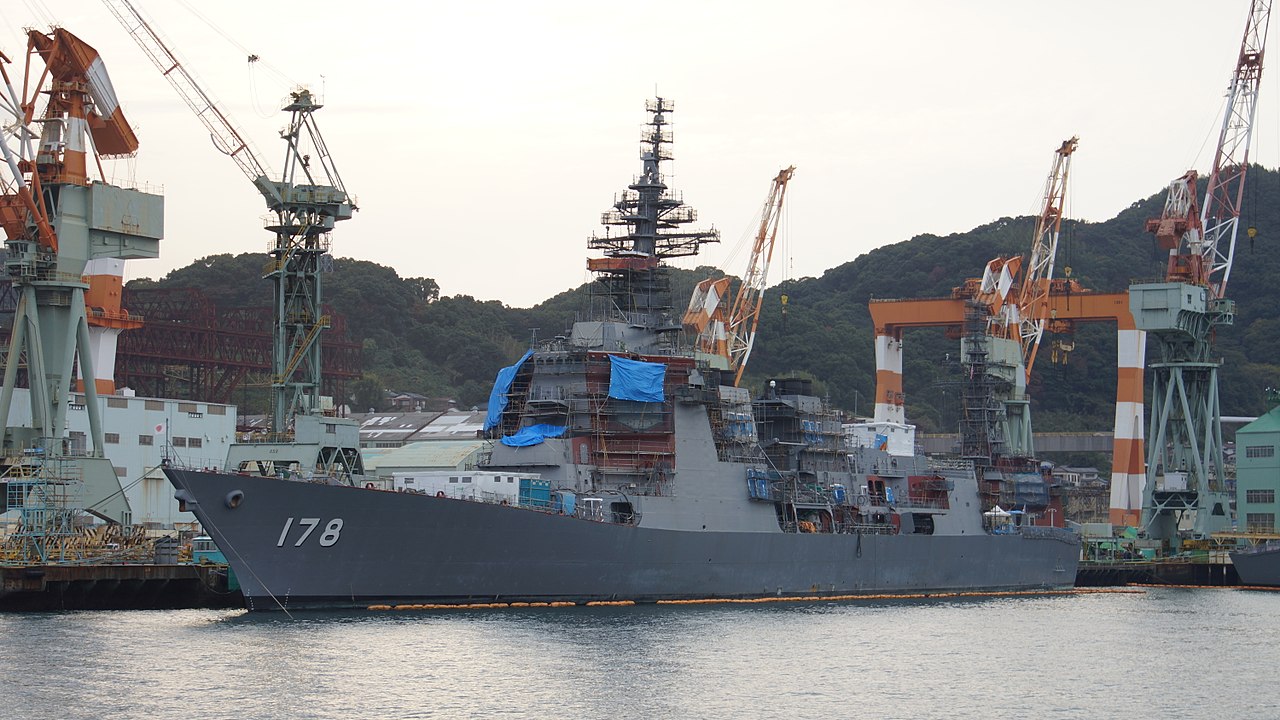
Actually, things can get even weirder, as it isn't always consistent within a country. For instance, the budget book cost of a Burke doesn't include engines, which are procured in an entirely separate budget book, under a line item which also includes a lot of support work. This is because gas turbines are maintained by swapping them out, and it makes sense to just draw the engines for a new ship from the the pool of LM2500s maintained to support all of the Burkes and Ticos. However, the budget item for the Zumwalts does include the engines, as they use a different turbine, shared only with the Freedom class LCS, so there's a much smaller pool to draw on. Both ways of doing the accounting make complete sense given the operational realities of supporting the ships, but the fact that they are different for the same country in the same year illustrates the degree of complexity involved here.
But then we get to his section on "Rethinking Ship Requirements" and his leaky abstractions turn into a conceptual oil gusher. His main theory is that a lot of the problem we have today comes from trying to do too much with each ship, and that smaller single-purpose ships would be a better option. This is the sort of thing that sounds great at a high level of abstraction, but it's not a theory which can survive close contact with knowledge of naval practice. The problem is that for basic engineering reasons, anything capable of passing for an oceanic warship has to be at least a thousand tons or so, even if it's armed only with a .50 cal. And once you've cleared that threshold, it turns out that economies of scale kick in, and the marginal cost of adding the systems for an extra role is a lot lower than the cost of an entirely new hull. The best example of this is probably the Type 82/Type 42 debacle, where a proposal to combine two systems in one ship to save overall cost was shot down to keep ship size and unit cost down because that was more politically salient.
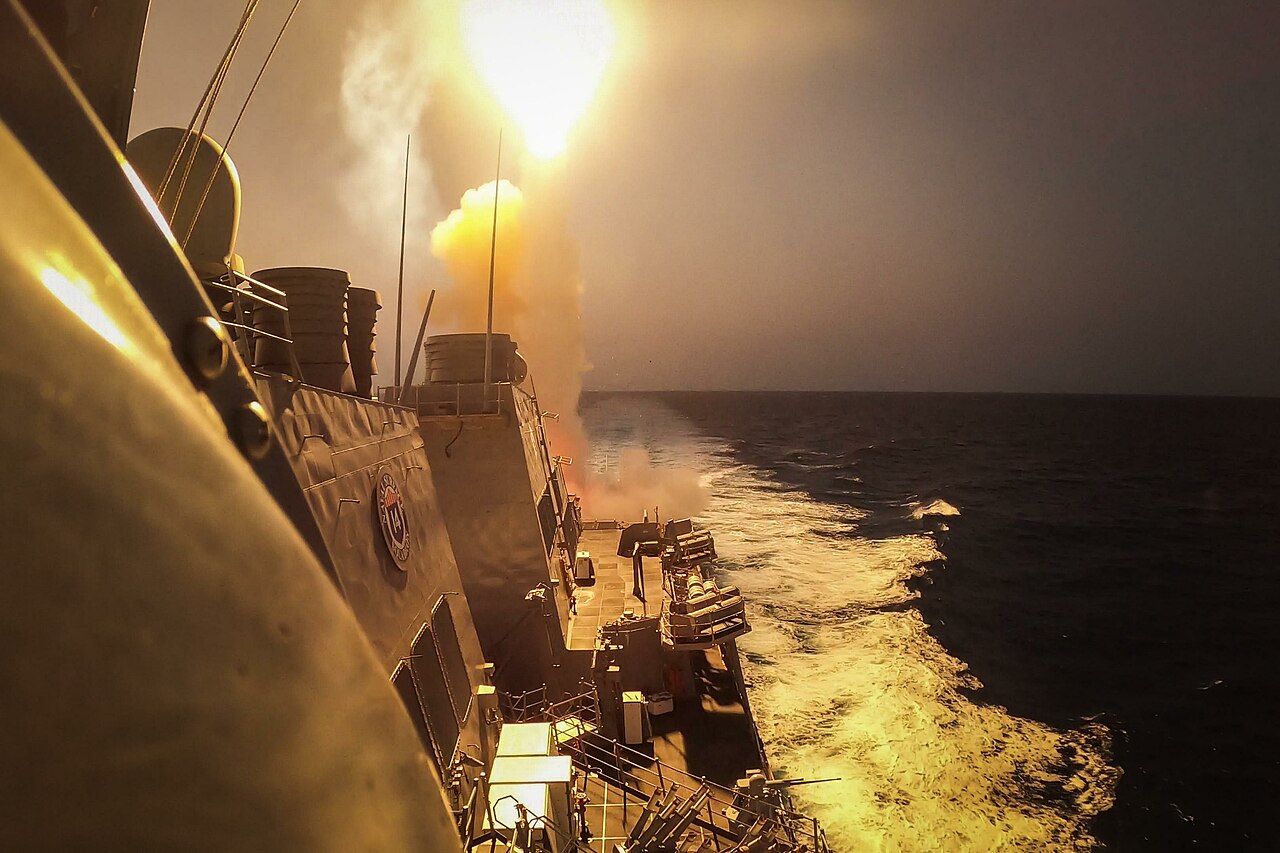
But that's an example from 50 years ago, when computers were expensive and missile launchers could only handle one type of missile. Today, there's a second problem with the thesis that becomes apparent when we boil away Austin's abstractions: "Navy ships like Burke-class destroyers, Littoral Combat Ships, or Constellation-class frigates take on many tasks. They include conventional air defense, ballistic missile defense, anti-submarine warfare, land attack, anti-ship surface warfare, convoy escort, patrol, scouting, etc."3 Now, this is an impressive array of roles, but it's worth asking what concrete systems do we need to accomplish each one. Air defense is going to require a missile launcher (probably VLS), a decent radar and a combat system (some moderately fancy computers and software to run on them). BMD means a VLS, a really good radar and a combat system. ASW needs a sonar, a helicopter, a combat system and maybe some sort of weapon we can launch from the ship itself (these days, that probably comes out of a VLS). Land attack is VLS and/or a gun, depending on exactly what you want to do. Anti-ship surface warfare is a combat system, and some combination of a helicopter and anti-ship missiles, which either come from simple deck launchers or out of a VLS. What you need to escort convoys depends on what you're escorting them from, but it's going to be some combination of air defense, ASW and patrol. Patrol is only a bit better-defined, but minimally you're going to want a gun to put shots across people's bows and probably a helicopter, maybe with a self-defense missile system in case you decide to patrol somewhere like the Bab-el-Mandeb. And scouting is mostly a job for other people, like the ship's helicopter.
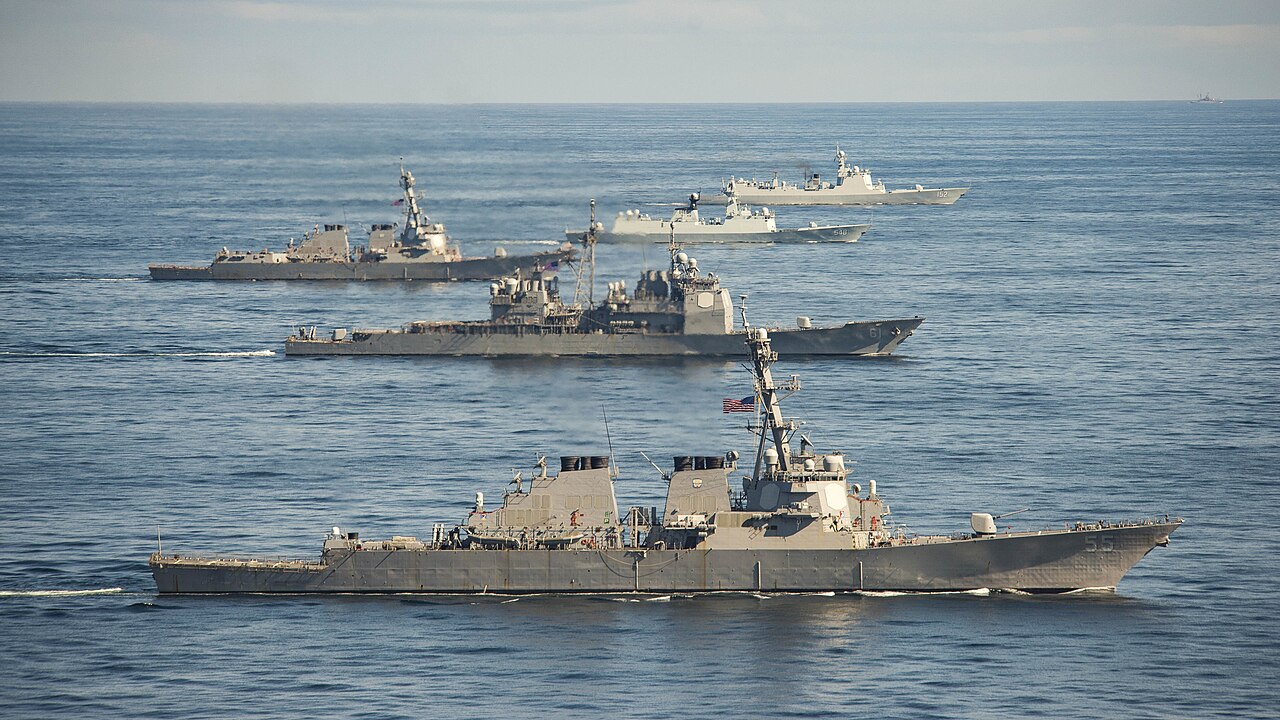
Now, an astute reader will notice that there's a great deal of overlap between the systems required for the listed missions, which in turn suggests that "four specialized ships replacing one multi-role ship" is going to work a lot less well than you would think even leaving aside the economies of scale you find in hulls and in military procurement. Once you remember that you would really like to have things for your high-end warships to do when they're not hunting subs or shooting down planes, the obvious solution is to equip them for secondary missions as well (which, practically speaking, means giving them a gun), and then look at lower-end ships if you need extra hulls for peacetime presence missions. This is what almost every Navy on earth has done, except for the few rich enough to carry out presence missions with higher-end hulls, notably the USN and PLAN.4
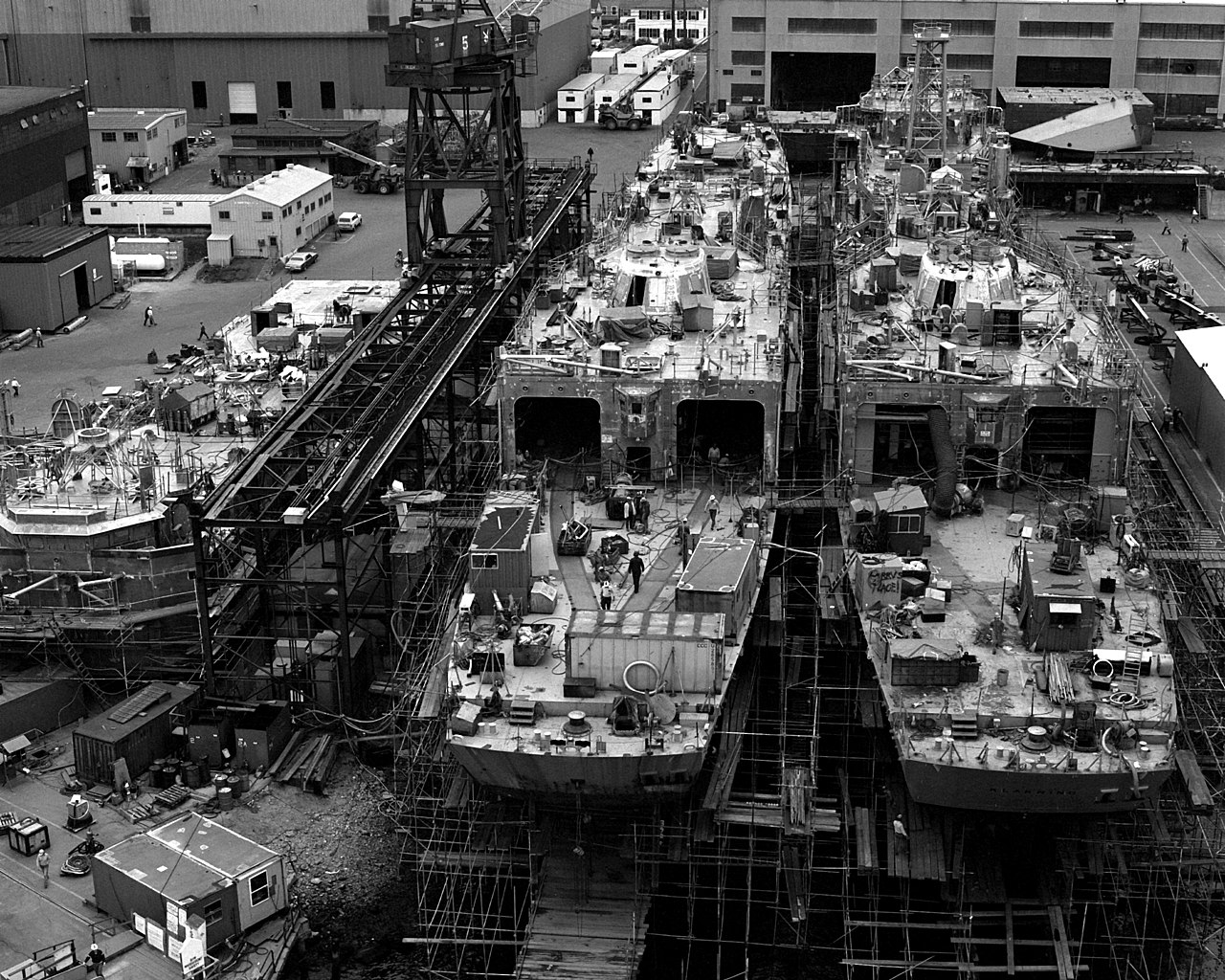
There's another major abstraction leakage in this section, when he starts to get into a cost breakdown for a Burke, pointing out that a ULCC is 7 times the size of a Burke and costs 1/6th of what the structure does. Now, in fairness to Austin, he cites someone else and does report the numbers accurately. And to his credit, he indexes for inflation, avoiding an extremely common mistake when doing this kind of stuff. But he assumes that the cost labeled "Basic Construction" is just for the hull, and I don't think this is right. Unfortunately, the underlying source doesn't define exactly what "Basic Construction" covers, but I am extremely doubtful that is the cost for the basic hull steel alone. For one thing, it almost certainly includes the cost of installing all of the various other items (weapons, etc) onto the ship, as well as things like habitation facilities that are not called out elsewhere.5
And then we come to other ideas he has for improving the fleet. First, reduce speed, because "power required is proportional to the cube of speed". I have no idea where this came from, but it's simply not true and the reality is much more complicated. He pins the modern speed standards on the ability of the faster Japanese fleet to win at Tsushima, but suggests that it matters a lot less in an era when the main threat is airplanes and missiles. There is a bit of truth here, but he seems to be assuming that naval architects are idiots and haven't thought about this. I have read more than enough Friedman to assure him that they have.6 Speed is expensive, and figuring out how much you actually need is a major task of early design work.7 The main reason that a Burke can make 30 kts is because it needs to keep up with the carriers. The carriers can make 30 kts because that lets them generate more wind over deck to fly planes, and trying to get much past 30 kts gets really expensive.8 He also proposes using hybrid electric propulsion, calling on the azipods that cruise ships use. Hybrid propulsion is absolutely a thing, and is becoming more common, although the use of commercial azipods is unlikely because of concerns about power density and damage resistance.
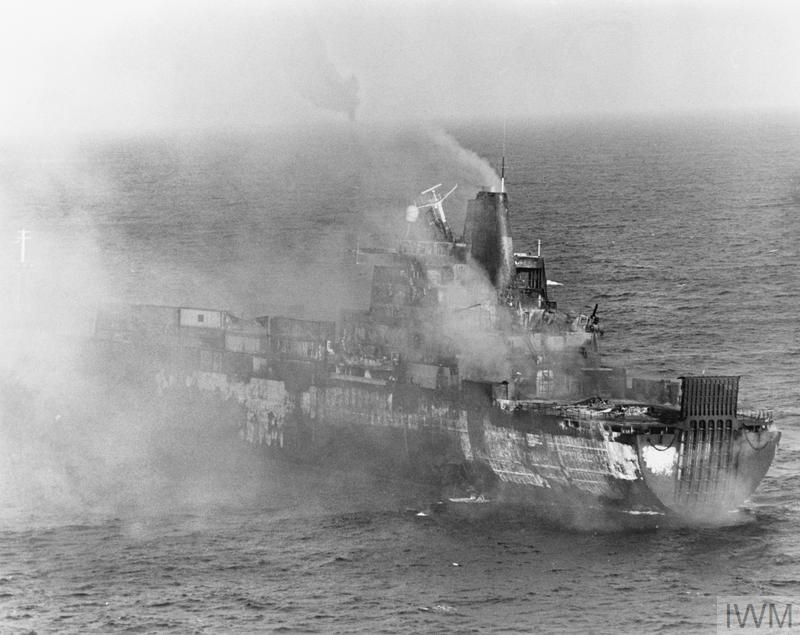
There are similar problems with his analysis of radar. It is true that power requirements scale with the fourth power of range, but the increased use of sea-skimming missiles doesn't mean that long-range radars are now pointless. A more powerful radar is also going to detect stealthy targets at longer range, and it is better able to see through jamming. These are both quite important, but disappear if you treat radar as a single thing with a fixed range number. He then goes on to argue for armor: "Missiles aren't too destructive because the Houthis have fired anti-ship missiles at dozens of cargo ships in the Red Sea, most sailing away with minor damage." Again, the details become extremely relevant. Most anti-ship missiles are intended to mission-kill 4,000-ton frigates, and lobbing a weapon intended for that against what is basically a metal box full of random stuff (often rocks) 100 times that size will not give a good idea of how effective it will be against its intended target.9 And it would be fairly easy to develop a bigger missile capable of killing an armored warship. Those don't exist today because of a lack of armored warships to use them on, but it's a lot easier to develop a new missile than a new ship. He also discusses underwater protection, which would be helped by bigger hulls, but given his source for that section, I can be quite confident in pointing out several errors. Most notably, the limit on hull depth had nothing to do with speed (in fact, a deeper hull is likely to be slightly faster) and a great deal to do with being able to use ports and docking facilities, so his proposal wouldn't allow a TDS on the bottom of the ship anyway (leaving aside the fact that there are secondary effects which make underbottom explosions particularly dangerous regardless of the space available).
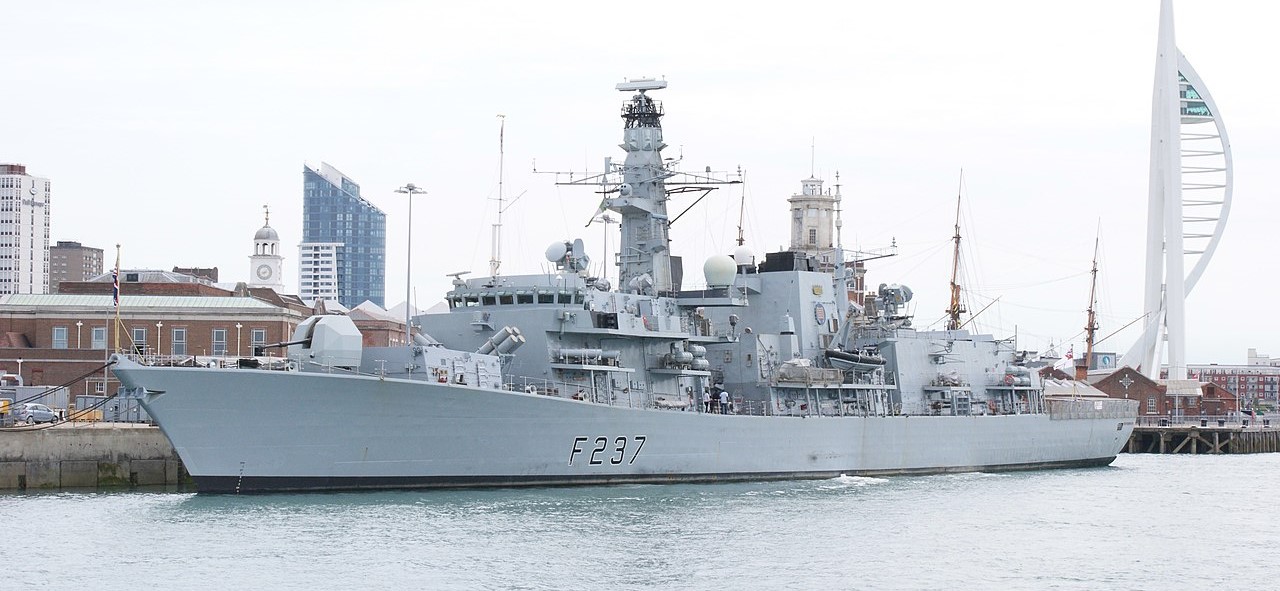
Now in fairness, a couple of Austin's ideas are halfway decent. Building bigger ships to increase damage resistance has been looked at occasionally and the idea of just building new ships instead of doing a midlife refit was actually implemented by the British for the Type 23 frigates. Of course, that program is an illustration of the potential problems with that approach, namely that when the time came to build new ships, it didn't happen and the vessels were refitted anyway. Buying something as expensive as a modern warship is inherently going to involve politics, which limits engineering options. And as for iterative ship classes, well, I agree we got that wrong with the Zumwalts and LCS, but that's basically the story of the Spruance/Tico/Burke extended family. As for modular weapons, I agree we should adopt StanFlex, but even that has limitations. As Samuel Johnson didn't say, what is good isn't new and what is new isn't good. This is a field where a lot of smart people have been thinking about things for a very long time. Sometimes abstractions work, but in that case, you're likely to find out that you're either reinventing the wheel or proposing something that's already been considered pretty seriously. When they don't, you end up making silly and obviously unsuitable suggestions.
And while I've spent most of this beating up on Austin Vernon, that's mostly because, full credit to him, he did an unusually good job of showing his work, which made it easier to take apart. But he's far from the only culprit. Another recent example is Ares Industries, a startup that got a fair bit of press a few months ago for their attempt to build a cheaper anti-ship missile. Unfortunately, while I am immensely sympathetic to their goal, a lot of that press made little sense: "Existing anti-ship cruise missiles are low-volume, multi-million dollar, 3,000 lb behemoths meant to take out large cruisers and destroyers. But Chinese shipbuilding capability is far superior to ours, and we can’t make enough anti-ship missiles to counter. In addition, huge missiles aren’t needed to take out the smaller corvettes and frigates that make up the People’s Liberation Army Navy." This is a case where the obvious abstraction ("frigates are smaller than destroyers") leaks a lot. The obvious adversary frigate, the Type 054A, is about 4,000 tons. Their numbers seem to hint at a 300 lb missile, which implies a warhead of 100 lb or so. A typical anti-frigate missile (something along the lines of Harpoon or Exocet) has a warhead of 400-500 lb. The obvious counter is that those are just intended to hit anywhere on the ship, and that you could do better by placing the warhead precisely where you want it. That much is true, but NSM has been pulling that trick for a decade, and it has a 260 lb warhead. As it is, I remain skeptical that 100 lb is going to be enough against a Type 054A, which has the size and toughness of a front-line warship, but it's an easy story to sell if you simply pull out the abstraction.10
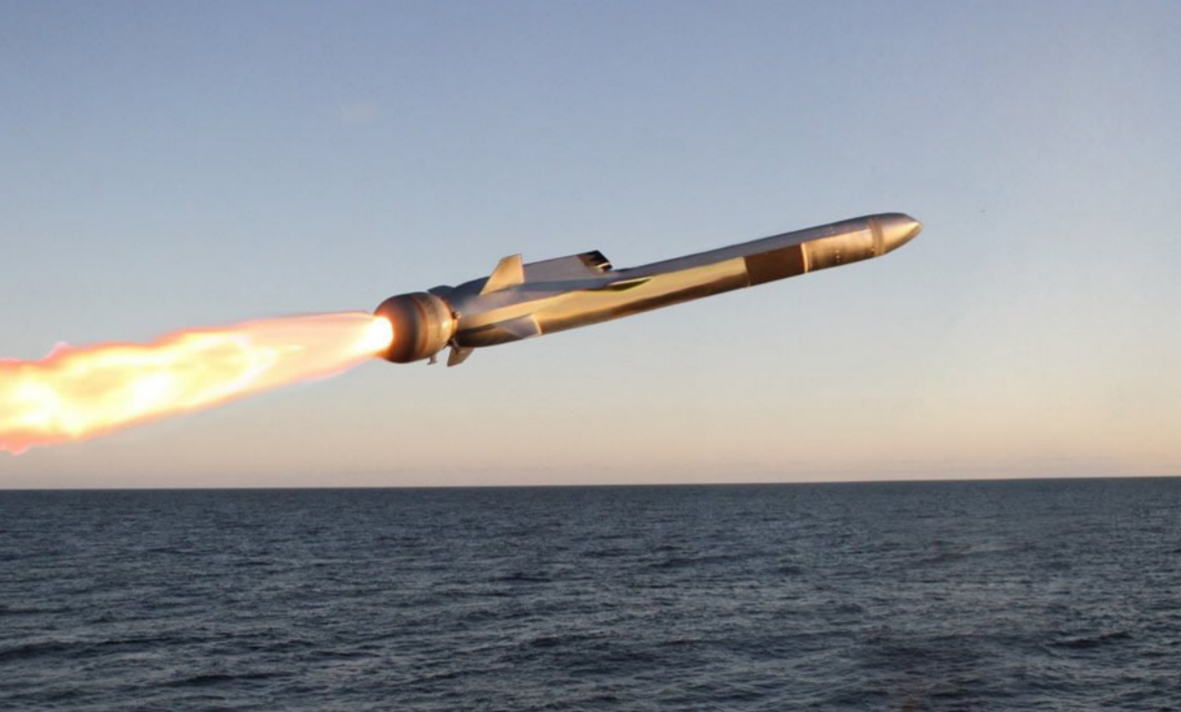
Unfortunately, the practice of abstracting away a lot of detail seems to be spreading to the Pentagon, in particular with the adoption of the Navy's new Distributed Maritime Operations concept. The problem is that while a lot of the buzzwords involved sound fine when you're looking at a powerpoint, it doesn't work quite as well when you sit down and start to ask what ships are carrying which missiles and how they're getting targeting data. Despite this, the Navy appears to be investing heavily in the concept, presumably because former SecDef Mattis finally met an enemy he couldn't defeat: PowerPoint.
The key point to take away from all of this is that expertise is important when dealing with complex fields, and defense is exactly such a field. If you are not careful to make sure you have a good grasp of what can go into a box and when that box will leak, you are likely to end up saying very silly things. Unfortunately, learning about defense is hard, and I don't know of a good way to grasp all of this other than reading an absurd number of things over a lot of years. And because defense is full of specialized and complex niches, you should be very suspicious of anyone who tries to bulldoze it all and solve problems with a nice abstraction that isn't carefully grounded to the fundamental question of "what systems are we using here and what are they going to do?"
1 I will also take a footnote to comment on his heading "The US Navy's ship program is sick, but the fixes aren't rocket science." Now, while I write on naval history, my actual training is in rocket science. I can say with some confidence that, yes, fixing shipbuilding isn't rocket science. Rocket science is a lot easier. ⇑
2 To be clear, I have no specific knowledge of Japanese or Korean accounting practices. This example is based on how real nations have handled these things in the past. I am reasonably confident that they are somewhat different from the US (and each other). This doesn't mean that the US ships aren't actually more expensive, but it does mean that we should be cautious of taking any numbers at face value. ⇑
3 Lack of italics in the original. ⇑
4 And yes, this is becoming a problem for the USN, and I'm very much in favor of buying something like the British Type 31, which is basically a helipad, a gun and a self-defense missile system. ⇑
5 Also, as noted above, engines are nowhere to be found. In fairness to him, I only noticed this because I was looking specifically at the cost breakdown to analyze this. As I said, this stuff is complicated. ⇑
6 Seriously, if you are considering doing something like this, get a copy of any Friedman Illustrated Design History book and read a chapter before you do so. ⇑
7 Except for the LCS, where the speed requirement was a rectal extraction from Vern Clark, but defenses of that program's requirements are notably lacking. ⇑
8 A secondary factor is probably the need to reposition fairly rapidly when doing ASW ops, because submarines move at about the same speeds as ships. ⇑
9 And it's also worth noting that since Austin's piece was written, MV Rubymar was sunk by anti-ship missiles. But the ratio of survived hits is clearly higher than it was in, say, the Falklands. ⇑
10 As a counterpoint, Anduril just announced a new missile with a 100-lb warhead, although they didn't explicitly say it was for anti-ship work. ⇑

Comments
Exactly - as you say, most of these are missiles plus radar plus helicopter, with varying missile types. I think ASW with a towed array is really the only one that has a lot of meaningfully different requirements . (Possibly also if there is an increased push for decreased system noise to reduce the sonar signature, which doesn’t matter for air or land attack, and doesn’t matter as much for surface warfare)
Having enough damage resistance and damage control capability to keep the ship afloat and put out any post strike fires is obviously important for survivability.
But I’m skeptical that anything beyond that has much value - a Burke that lost one propeller is still going back to the yard for a while, and a destroyer with one Aegis array out of service is also probably done for a while. I don’t think the WWII era concept of taking a hit and then continuing to fight at 70% capacity works as well today. If anything it seems like increased modularity would be an advantage to speed up the repair or replacement of whatever got damaged.
Re: rocket science. If you think about it, rocket science is pretty simple, it's rocket engineering that's hard
@redRover
I would sort of look at it as you having basic warship, plus the high-end gear for AAW/BMD and/or ASW. You can absolutely have small radars with decent AAW capability without going full BMD or being able to use the full range of SM-6 organically.
Yes and no. There's other reasons you might want redundancy (what if the failure isn't due to a missile?) and there's a surprisingly wide spectrum of possible damage. I'm reminded of the Type 22 (I think it was Broadsword?) that got knocked out of the fight when a 30mm round hit the main data bus. At the very least, you'd like to be able to continue contributing to the engagement at least a bit.
@Techanon
You are not wrong. Still probably easier than fixing shipbuilding.
Thinking out loud / question:
A naval frigate is a complex collection of systems and people (tens? Hundreds?), all doing tons and tons of things in a relatively small space.
An ocean freighter is, as you said, a metal box 100x that size full of random shit, with maybe like 10 guys on it.
Would it be accurate to say something like the following (is it at least directionally correct?):
If you score a hit on a frigate with an anti-ship missile, it more or less doesn't matter what you hit, because you will have hit some critical system, and the blast damage will disrupt a lot of those complex systems. It might not sink the ship, but it will knock it out of battle and send it into repairs for a while.
But, if you score a hit on an ocean freighter... well, it's really big and has a small crew, so maybe you don't even hurt any of the crew. Sure, you're gonna blow a hole in something, but really all that's gonna happen is a bunch of shipping crates explode, which is more of an insurance claim nightmare than an actual nightmare. Obviously, a well-aimed shot that hits the keel (?) would sink it, but hits landing on the top, amongst the cargo, probably wouldn't meaningfully impact the ship's seaworthiness, right?
Pretty much. It's possible for a frigate (or frigate-sized ship) to survive a missile hit with reasonable capability to continue combat, but the odds are not good. If we're doing Exocets in the 80s (picked because I can't think of a better sample size) you have Sheffield sunk, Stark very badly damaged and Glamorgan damaged but still in the fight.
As for freighters, there were a number of hits in the Red Sea before anybody or anything got seriously hurt, except some insurer's books. And yeah, a topside hit won't impact seaworthiness, and the missiles are not AIUI set up to try to sink ships because that's not really the goal.
@bean
Yeah, I suppose you'd want at least enough capability to defend yourself during a withdrawal rather than being totally dead in the water.
To the broader point of 'how can we more effectively procure ships?' I think the issue is less one of design and more the apparent degradation of the defense industrial base's ability to do things in a timely and cost effective manner. Fixing that is going to go a lot farther than trying to paper over it with a more cost effective design. And sure, some of that apparent degradation can be explained by changes in funding and manning, op tempo, etc., but not all of it. The lengthening of maintenance cycles in particular seems concerning.
redRover:
Shouldn't improved technology be increasing the amount of time/distance/etc between maintenance?
Anonymous:
It could do that. Or you could use the better tech to put the same performance into a smaller/lighter box, or to make an 1:1 replacement box that has more performance.
@anonymous
In theory yes.
But in practice a lot of the man hours and time is for relatively mature and low complexity (but high labor effort) systems like piping replacement, rust remediation and prevention, etc. A lot of that is still guys with needle guns and the like.
Something I've always been curious about is a hull's actual useful lifespan. They use old ships for training, but could you take an old burke, strip out the outdated systems, slap in new modular engines (or use up spares from the old production run), and use it as your mobile helipad with a 5" gun and a flagpole?
Is it not practical, or is the risk Congress saying "you already have a destroyer at home"
I think there might be some corrosion concerns with the bare hull itself (and maybe even some fatigue or something, I remember hearing about the Iowas having 20 years left) but a lot of it is just going to be all of the minor systems. You need plumbing, ventilation, and 1MC, all of which are likely to be obsolete-ish when the combat systems are, too. Even the 5" might well be short on spares and obsolescent by the time you're thinking about doing this. And sure, you could decommission half a dozen ships and pick one to serve in the training squadron, but I suspect that the Navy thinks Congress is kind of dumb and would get confused about how useful the ship is.
wwiiafterwwii describes the USN's decision to stop using WWII destroyers in around 1980 (including cost estimates), and several other places keeping them for longer, with the longest being one that mostly used them for anti-smuggling patrol.
They agree that spares/ammunition availability, and deterioration of minor-sounding items (e.g. wiring), can be issues. They also note that where the purpose is training, a ship that is too old may be too different from the active fleet to provide worthwhile training.
To some extent, 1980s Iowas might also count as keeping an old ship around for peacetime presence.
Thanks for the links Muddy, it makes my accountant's heart sing to see guys getting decades more use out of paid-off gear!
It sounds like I wasn't barking up the wrong tree about the Burkes, because they don't seem to suffer all the problems that made the Gearings not worth upgrading:
1) all the ships after IIA have excellent helicopter facilities, and unlike the 70s choppers are likely to get smaller rather than larger. (Noticed they're fitting the older ships with UAVs as partial heli substitutes.)
2) tech isn't revolutionarily different, unlike the steam->gas transition. The next gen of ships will still have gas turbines, but probably with advances from shore-based powerplants (like later American steam turbines, funnily). Reservist training will be a lot more applicable to newer ships. Especially if the new destroyer ends up just being a stretched Burke or something.
3) VLS seems here to stay, and any new missiles will slip right in. If the rest of the fleet needed to fill up on air defense and anti-ship missiles for reasons, an elderly Burke could still throw tomahawks at land targets. If you were dead-set on stripping the ship right down, the space could be converted to quarter more marines for blockade inspections, etc. Or just more crew amenities to keep up with newer ships, reduce the usual morale hit of serving on an old ship.
4) a lot of manpower reductions have already been done. There aren't any prohibitively expensive giant gun crews inflating opEx
5) most are already fitted for towed arrays, right? So even if they were unshipped, the capability would be there if we ever needed to, hypothetically, protect undersea cables and pipelines from mysterious accidents.
But yeah, I guess eventually the plumbing starts to go, the insulation degrades on the wires, and you'd rather build a new ship than tear out 500 miles of conduit to find that lost neutral. Transmission and steering are probably another maintenance time bomb too, just like cars. Probably not practical to replace two of the turbines with same-size packaged diesels, but it would be a cool option to offer cost-conscious allied navies.
A few quick thoughts.
I'm somewhat less convinced by the multi-role ship idea than I used to be. To pick a slightly different example, the F-35 (as an aircraft) is almost omni-role at this point. But. Doing close air support is a different mission from Suppression of Enemy Air Defenses which is different from a lot of the other high-skill missions. And from what I can tell, the F35 squadrons aren't getting the flight time to master all of these skills, and the DoD doesn't seem to want to allow the individual squadrons to specialize. So everybody is barely proficient on-paper on a lot of things, but not in a way you'd want to actually trust to promptly deploy these people. I worry that something like that happens with large navy ships. The systems to Do Everything, but only the budget to do the bare minimum such that they aren't really competent at anything. Like navigation.
Critiques of the Burkes in particular taking on too many roles aren't new, and after thinking it over I'm somewhat sympathetic to the idea that we should have a bit more specialization. But that only takes us to the point the British are at, where we have "AAW ship" and "ASW ship", and even that might make sense to do more at the training level than the design level. Pretty much every other job is something that is very close to being a subset of the things the ship has to do anyway, and adding a few guys to cover those gaps is a lot cheaper than building a new ship. More broadly, the problem with multi-role planes is that you only have one guy who has to remember all of the jobs. This is not true on ships.
Does having multiple differently-trained pilots per plane not make sense because most of the cost is in flying the planes to keep the pilots trained, not in initially building them? (An F-35 costs about as much to build as to operate for ~2000 flying hours = ~8 pilot-years; a carrier costs about as much to build as to operate for ~10 years.) If you had too many pilots per plane, you'd also just not have time for them all to do enough flying (planes can't fly 24/7 because they need maintenance), but I don't know where that limit is.
Pretty much. The Air Force currently spends something like $10 million per pilot to get them to the squadron, so going from something like 16 pilots/12 planes to 32 pilots/12 planes is going to mean spending enough to buy an extra plane or two per pilot lifetime (maybe 8 years?) And yeah, there's the cost of flying them, which would probably also mean lots of extra personnel, as well as more frequent replacement as you use up fatigue life and such. And you still don't have more airframes if you do have to go fight, which is where that matters.